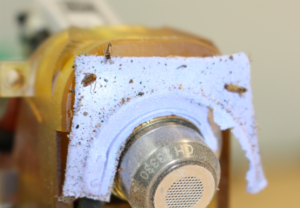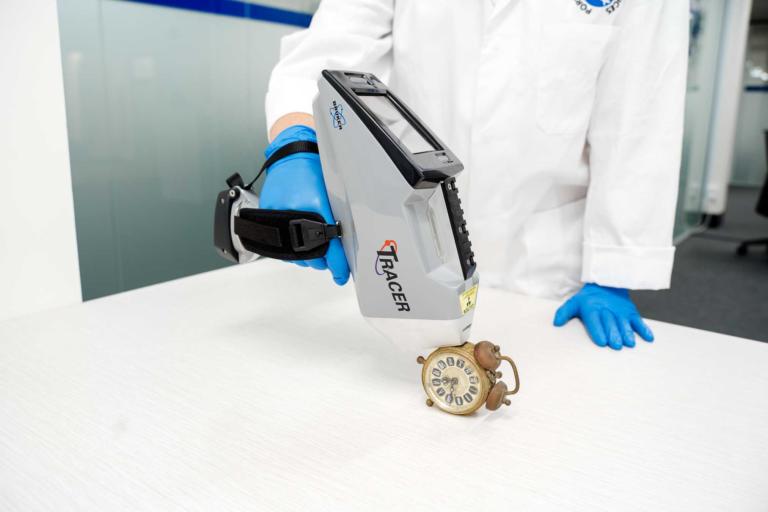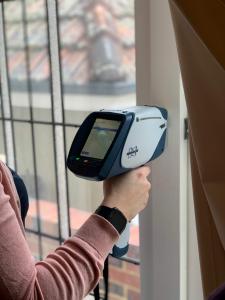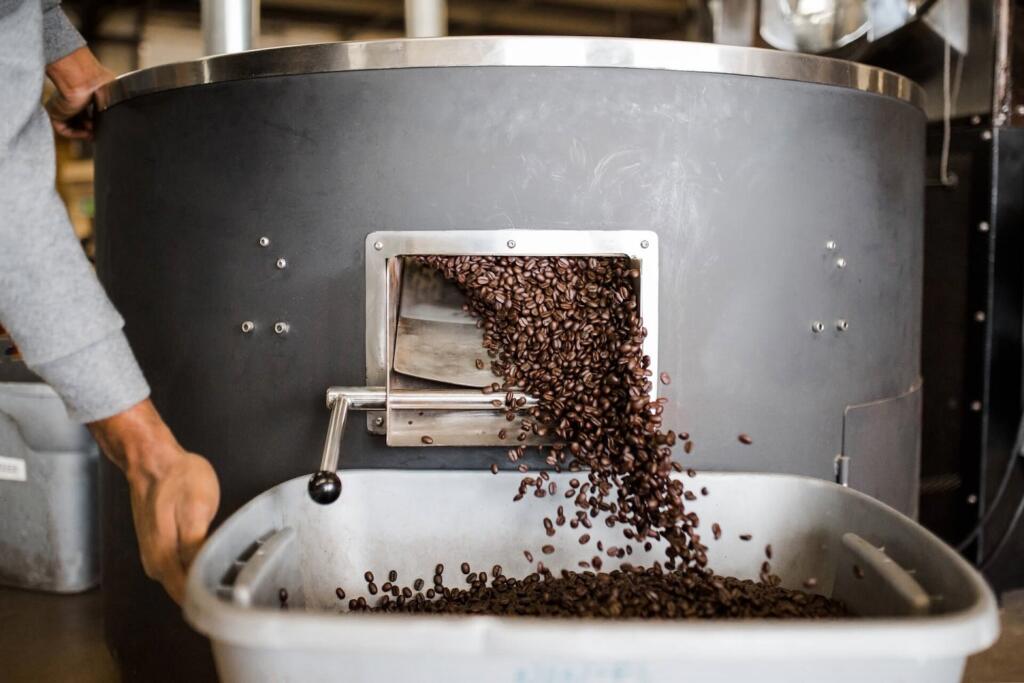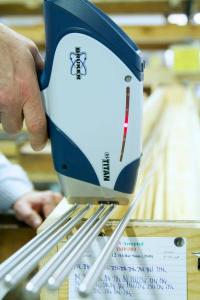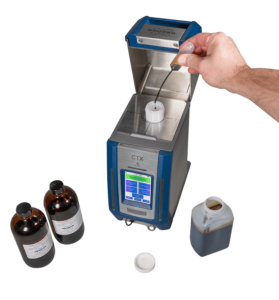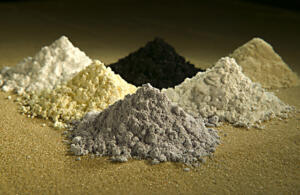Elements detected (Low Alloy Steel): Al, Si, P, S, Ti, V, Cr, Mn, Fe, Co, Ni, Cu, Nb, Mo, Sn, W, Pb.
Elements detected (Tool Steel): Al, Si, P, S, Ti, V, Cr, Mn, Fe, Co, Ni, Cu, Zr, Nb, Mo, Sn, W, Pb.
Elements detected (stainless steel): Al, Si, P, S, Ti, V, Cr, Mn, Fe, Co, Ni, Cu, Zr, Nb, Mo, Sn, Ta, W, Pb.
Elements detected (Nickel Alloys): Al, Si, P, S, Ti, V, Cr, Mn, Fe, Co, Ni, Cu, Zr, Nb, Mo, Sn, Hf, Ta, W, Re, Pb.
Elements detected (Cobalt alloys): Al, Si, P, S, Ti, Cr, Mn, Fe, Co, Ni, Zr, Nb, Mo, Sn, Hf, Ta, W, Re, Pb.
Elements detected (Zinc alloys): Al, Si, Mn, Fe, Ni, Cu, Zn, Sn, Pb.
Elements detected (Copper alloys): Al, Si, P, S, Ti, Cr, Mn, Fe, Co, Ni, Cu, Zn, As, Se, Zr, Nb, Ag, Sn, Cd, Sb, Te, Pb, Bi.
Elements detected (Tin-solder alloys): Al, Si, P, S, Ti, V, Cr, Mn, Fe, Co, Ni, Cu, Zn, As, Se, Zr, Nb, Mo, Ru, Rh, Pd, Ag, Cd, In, Sn, Sb, Hf, Ta, W, Re, Ir, Pt, Au, Hg, Pb, Bi.
Elements detected (Titanium alloys): Al, Si, Ti, V, Cr, Mn, Fe, Cu, Zr, Nb, Mo, Pd, Sn, Ta, W.
Elements detected (Al and Mg alloys): Mg, Al, Si, Ti,, V, Cr, Mn, Fe, Co, Ni, Cu, Zn, Zr, Sn, Pb, Bi.
Elements detected (other alloys; MultiMatrix FP): Mg, Al, Si, P, S, Ti, V, Cr, Mn, Fe, Ci, Ni, Cu, Zn, As, Se, Y, Zr, Nb, Mo, Ru, Rh, Pd, Ag, Cd, In, Sn, Sb, Te, Hf, Ta, W, Re, Ur, Pt, Au, Hg, Pb, Bi.
Instruments calibrated: Bruker S1 TITAN.
